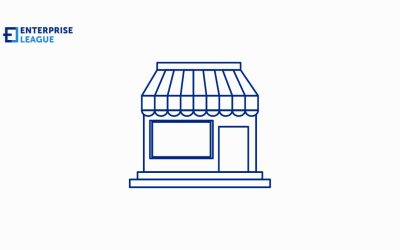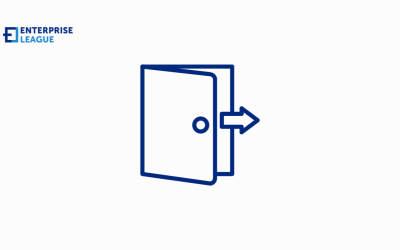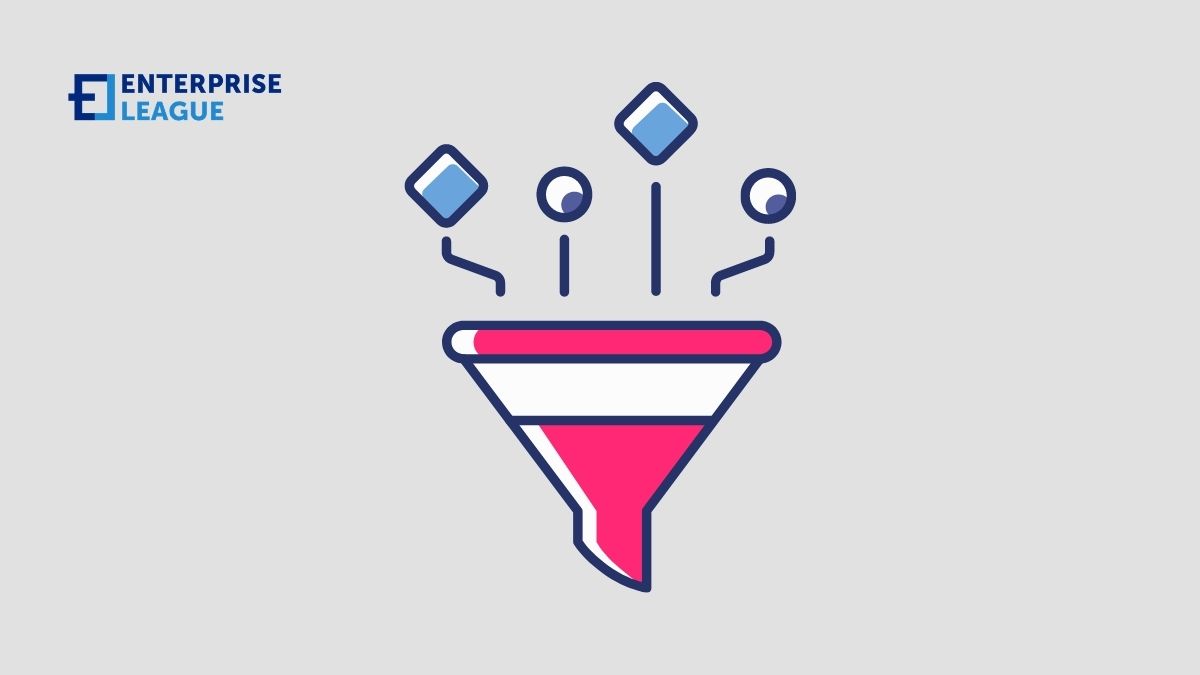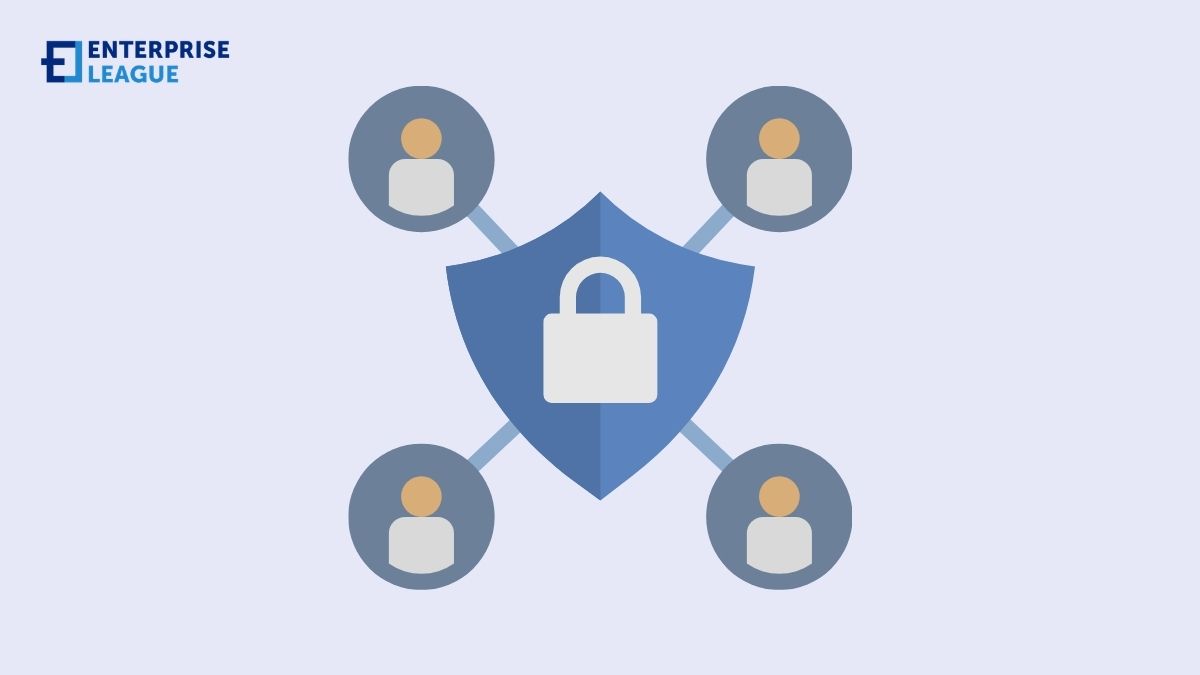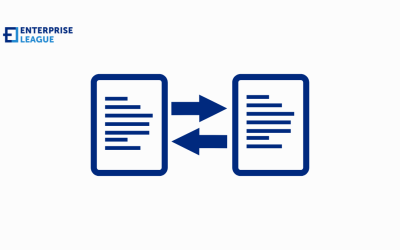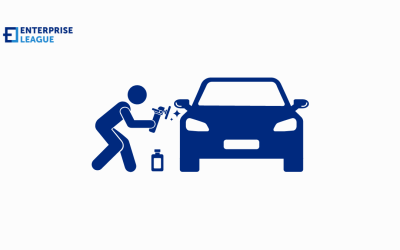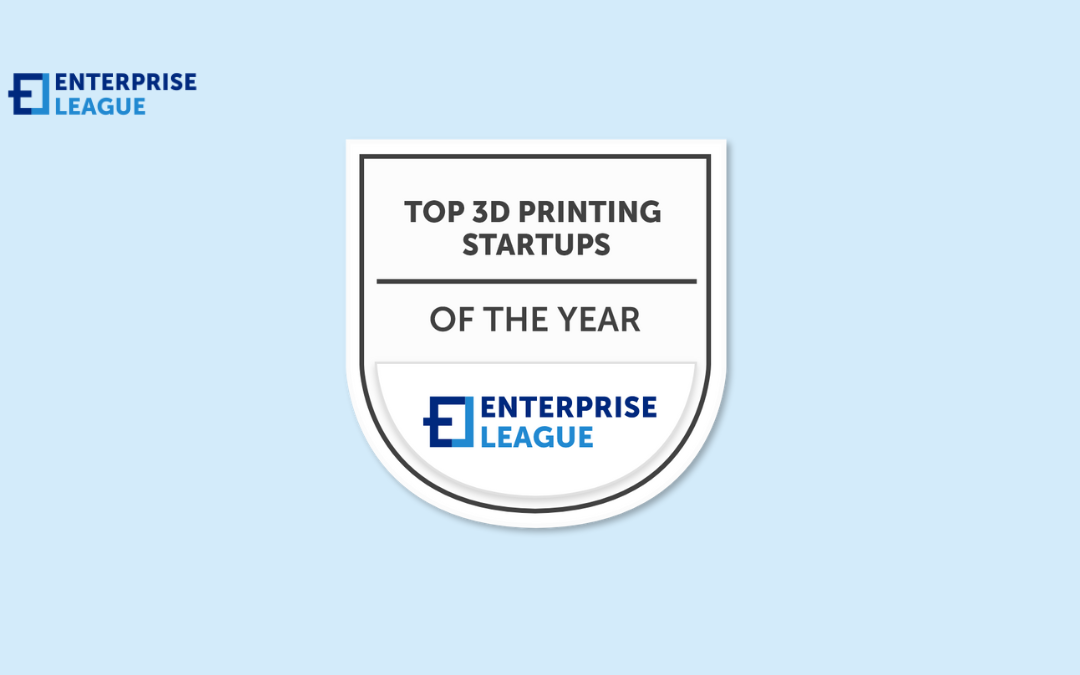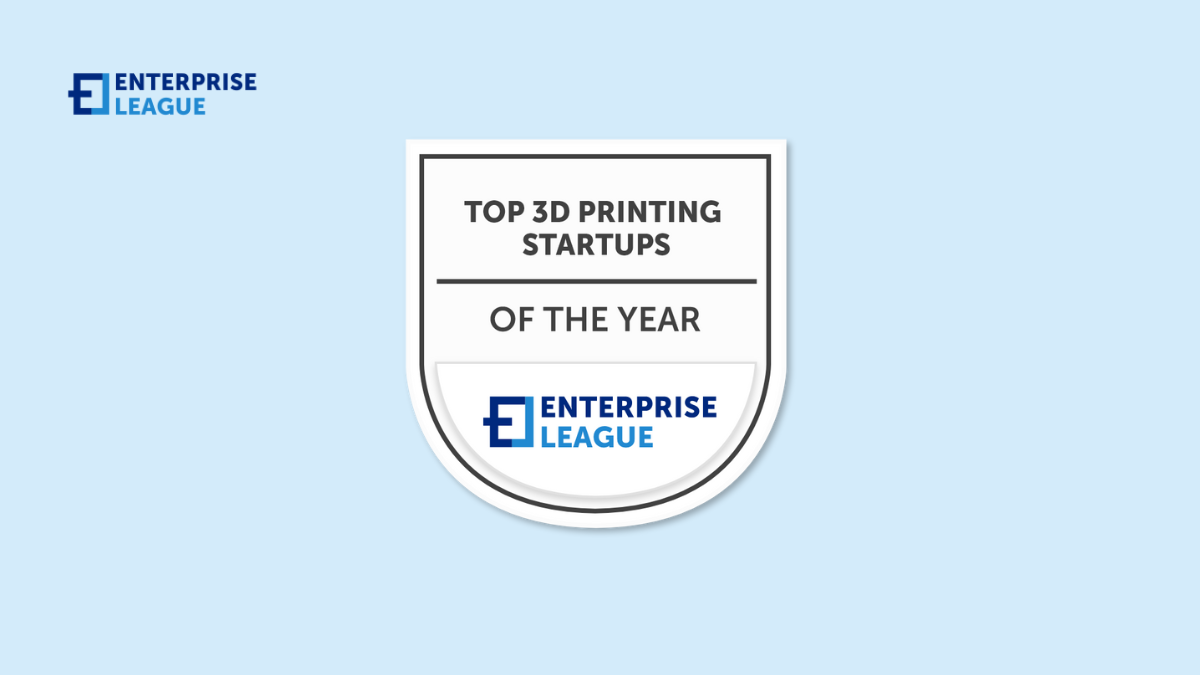These support small business quotes will inspire you to avoid big chains next time you go on a shopping spree. Supporting small business is crucial!
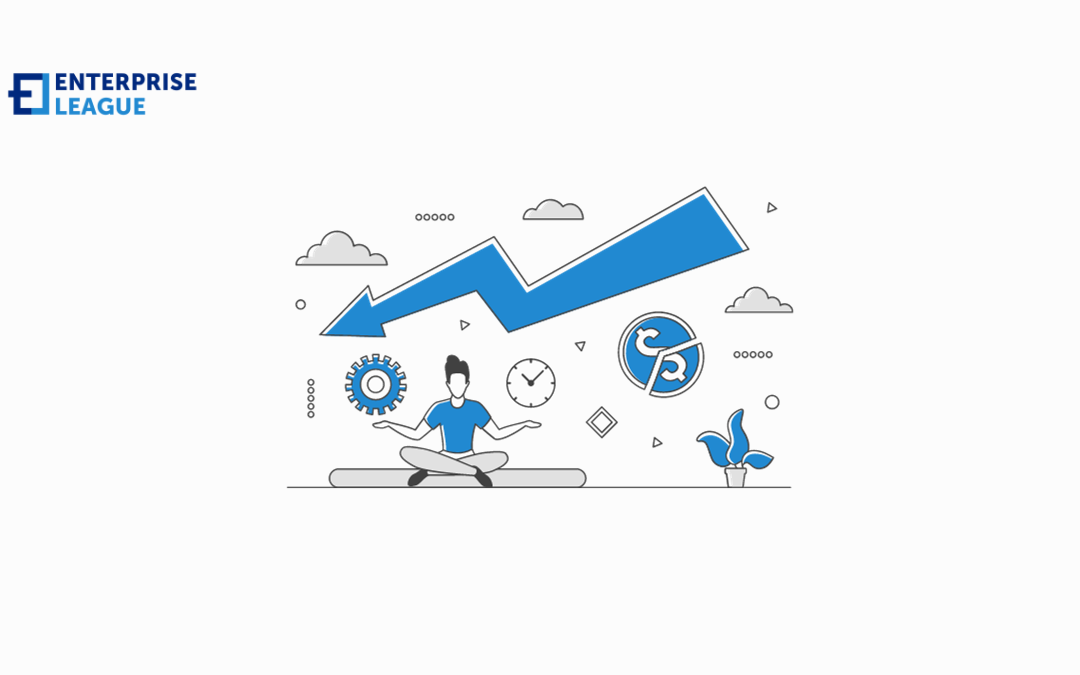
How to predict future trends and transform your business
Who doesn’t want a crystal ball to predict the future? Knowing the future of the market can help you make the right moves and become a millionaire overnight. But let’s be real, no fortune teller can predict the future 100%.
However, that doesn’t mean that predicting the future of business is impossible. It all comes down to your analytical skills and having the right tools to prepare for what’s to come. As we said, this won’t always be 100% accurate, but it will give you a good idea of where things are headed.
There’s a risk of making mistakes when it comes to predicting future trends, but playing on the safe side will never bring growth to your company.
Ways to predict future trends and keep your business ahead
As a business owner or manager, you should train your mind as well as your team to detect changes that could open a door to major opportunities. Small businesses rise to large corporations only because they know how to predict future trends and turn them to their advantage.
So let’s see how predicting the future of business is done in real life.
Study the trends of yesterday
If you want to know what the trends of tomorrow will look like, then you should study up on the trends of yesterday. Trends work as a chain reaction in a way.
For example, TikTok. Look back at the famous app Vine and its success. Vine was extremely popular, but like many great things, it died. However, after the death of the app, all other social media apps continued to gain popularity. Now, you could predict that all tech platforms would grow, but now years after the death of Vine, TikTok took the same formula and has become a hit.
When popular things randomly disappear, you cannot expect them to stay gone forever. Nostalgia is a strong tool that everyone should keep their eyes on. If you notice something fading away, remember that people once loved it, and over time that love can come back again.
Melissa South, SVP of Swingtie
The law of inertia
Due to the law of inertia, things will stay the same unless acted upon by an outside force. This means that trends will only occur when one of two things happens:
-
- A law forces people to change routines or
- An influential force releases a concept into the world that gains favor
By keeping informed (but not obsessed) with daily news/pop culture and asking how will this impact the people around me, I’m able to capitalize on up-and-coming trends as they start to grow.
Eric Bechtel, Managing Director at Gameplan Digital Marketing
Research, analytics, and tech
Research, analytics, and tech have proven to be very helpful in my quest of identifying and preparing for future trends. In order to make sure that my team and I are prepared for any change that might affect our industry, I make sure to keep track of important events, data, and studies and do my best to analyze them. Having the right tech or application has helped me make my analysis more accurate and my strategies stronger.
Making the most out of the information and the tools that you have will help you predict future trends and ensure your business’s growth.
Simon Elkjær, Chief Marketing Officer at avXperten
Use the power of the Internet
There are 3 ways that I’ve used to predict future trends.
The first technique I used to predict trends is to use Google trends. What you want to do is look for a rising line graph for a one year span. The line graph can’t be gradually going up either, it has to be hockey stick growth.
Another technique is to use Ahrefs which is an SEO tool. I use this tool to look for websites trying to write and monetize about the topic. The more websites that try to monetize off of it, the more likely I believe the trend will be mainstream.
The final way is to look on forums like Reddit. What you want to look for is enthusiasm from the people. The more the people act cult-like, the higher chances the trend will keep going.
Alex Cortez, Founder of Roborefuge
The three ways
Being in the field of marketing, it is really important to understand the current trends of the market and also predict the trends of the future. Based on my experience, here are the top tips for predicting future trends in business:
-
- Conduct surveys
In order to predict future trends, it is always a good idea to conduct surveys every once in a while and try to understand the problems of the customers and bring solutions for it because if you don’t make a solution, somebody will and that will become a trend. So it is one of the many ways through which future trends can be predicted.
-
- Keep up with technology
With each passing day, there is some engineer out there inventing or making new machines that can tackle a problem much more efficiently. With this in mind, it is recommended to keep yourself up-to-date with the latest inventions and technology as these machines and technology will create a trend in the future.
-
- Monitor the competition
Competing in the market is one way of staying with the current trends and also getting an insight about what the future may hold and where the trends may go.
Igor Avidon, Founder of Avidon Marketing Group
Conclusion
Success in business comes easier for those who know how to predict future trends. After all, business growth is all about adapting and pivoting to stay relevant in the market. If the needs of the consumers change, and your products don’t, you can’t expect to stay in business.
Everything seems to change at rapid speed, however, if you look at history you’ll discover patterns that could help you stay ahead of the curve. The important thing is to keep an open mind and don’t for a second believe that things won’t change.
More must-read stories from Enterprise League:
- Bad boss traits that should make you think twice about your future.
- Are you being professionally ghosted? Learn how to handle it the right way.
- Warning signs of a terrible boss that everyone must be aware of.
- 16 fiction books every entrepreneur should read as soon as possible.
- Marketing automation examples that every business should know and use.
Related Articles
22 support small business quotes to inspire you (2024)
5 steps to successful exit planning (2024)
Are you preparing to exit your business? Here are five steps to follow for successful and painless exit planning. Make sure you leave with a clean slate.
18 small office Christmas party ideas to avoid cliches (2024)
These small office Christmas party ideas on a budget are a must for the festive season. Pick whatever works for you best and show your employees how much you care.
30 best quotes about business growth (2024)
Set your mind for success with these inspiring quotes about business growth by the smartest minds in the game. Motivation starts from within!
22 support small business quotes to inspire you (2024)
These support small business quotes will inspire you to avoid big chains next time you go on a shopping spree. Supporting small business is crucial!


